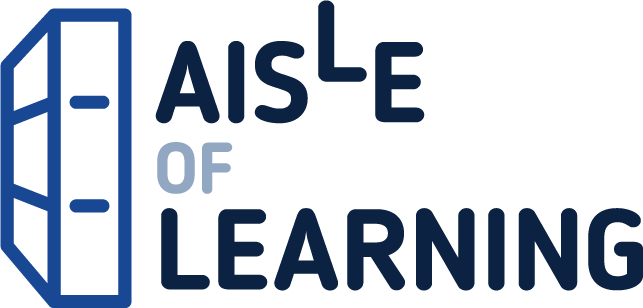In this 2002 doctoral research study, eighth grade science students studying relative, local air quality indicators were divided in two groups; a treatment group that utilized GIS supported scientific inquiry and a control group that used traditional mapping techniques to support their study. During the two-week treatment, the students using the GIS-supported materials were found to show positive and significant improvements in science self-efficacy and attitudes toward technology. While female attitudes and self-efficacy were not found to change, males significantly improved on all affective factors. Students using GIS also performed significantly better than traditional mapping students on science process skills, specifically data analysis techniques. Instructor effects, despite controlling for the curriculum, instruction, and technology were still very strong.
The Effects of Geographic Information Systems (GIS) Technologies on Students’ Attitudes, Self-Efficacy, and Achievement in Middle School Science Classrooms
$24.99
This book provides research on the educational benefits of GIS technology in middle school science, which can inform teaching practices.







Reviews
There are no reviews yet.